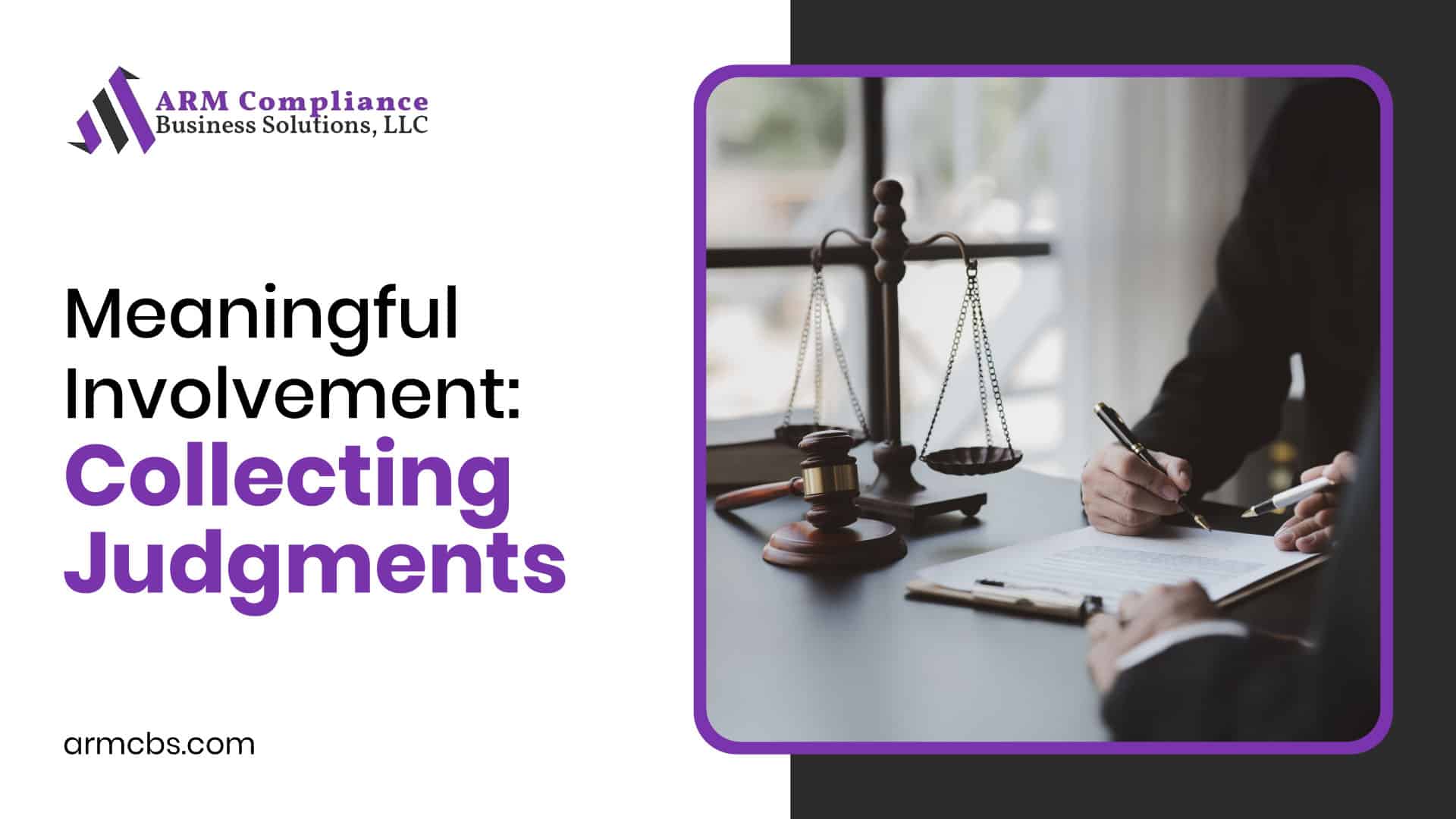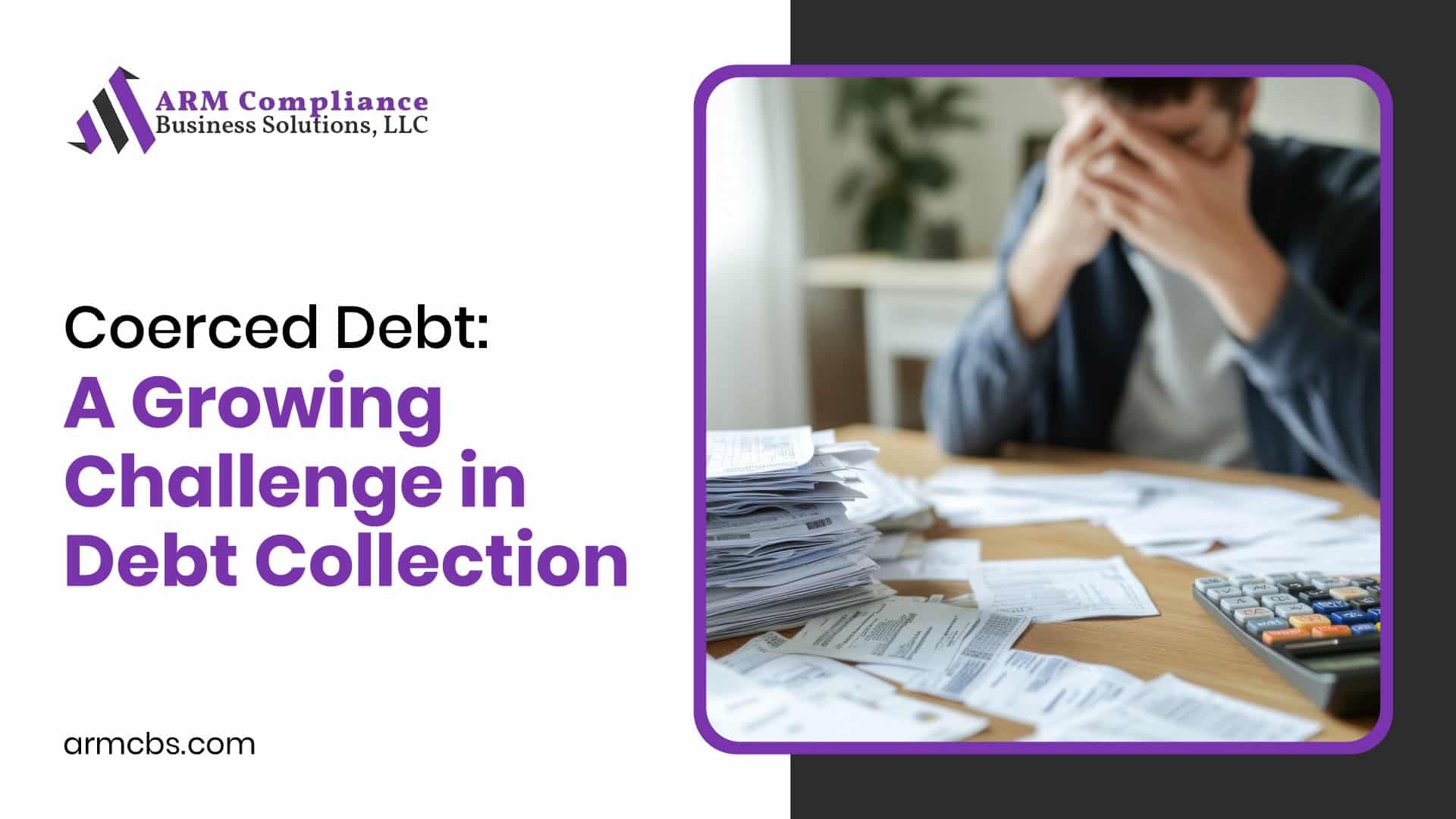During our most recent Research Assistant Peer Group meeting, we discussed the Consent Order in New York vs. Roach & Murtha (Consent Order). Specifically, we dug into the New York Department of Financial Services (NYDFS) view of meaningful involvement by attorneys under the Fair Debt Collection Practices Act (FDCPA) in the context of collecting judgments obtained by another firm.
The Consent Order involved a law firm that was collecting judgments originally obtained by other firms. In and of itself, this is not unusual; uncollected judgments are often pulled from the firm that obtained them and placed with another firm to collect. The issue, however, is what the Consent Order suggests the attorneys should have done prior to collecting on those judgments.
When attorneys collect judgments they obtained, meaningful attorney involvement may be a non-issue. They already have the full case history, court filings, documentation, and familiarity with the matter. That prior meaningful involvement makes subsequent post-judgment remedies such as bank garnishments, wage garnishments, or writs of execution fairly straightforward.
But what about when a firm gets involved at the judgment stage? What must the attorney do to demonstrate meaningful involvement? Is a simple account review enough? If not, what exactly must be reviewed?
In this case, in addition to other issues raised in the Consent Order, since the firm was not involved in filing the suit or obtaining the judgment, the NYDFS questioned whether they had meaningfully reviewed the matters before instituting post-judgment remedies. New York courts have interpreted “meaningful involvement” to mean that attorneys must review sufficient information to ensure the record is consistent and complete, verify the debtor’s obligation, and confirm the correct debtor is targeted before taking enforcement actions.
According to the Consent Order, in addition to reviewing the judgment, the firm should have reviewed:
- Affidavits of service
- Summons and complaints
- Applications for default judgment
- Filings after the entry of the default judgment
- Chain of title documents including documents establishing the judgment creditors’ ownership of the debt at the time of the underlying actions commenced
The issues raised by the NYDFS in the Consent Order may raise concerns for firms that collect judgments they did not originate, debt buyers who purchase judgments, and other stakeholders who interact with accounts reduced to judgment.
We know that when one state court has an interpretation of events, others tend to follow, and it sounds like NYDFS is expecting a plethora of documentation to be turned with an account that already has previously been reduced to judgment. This is the time to review your practices and prepare to protect yourself.





